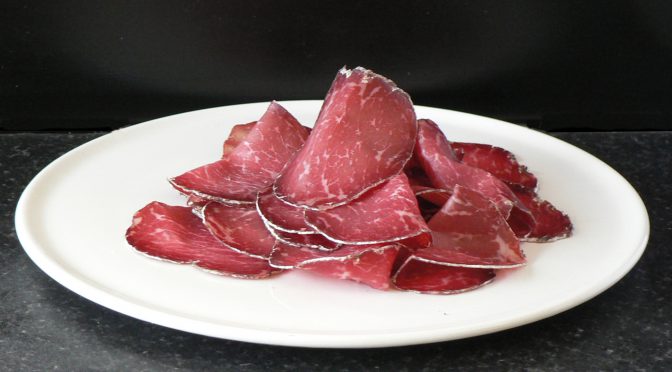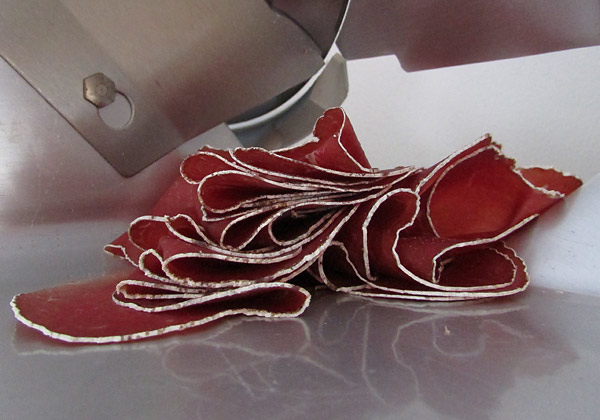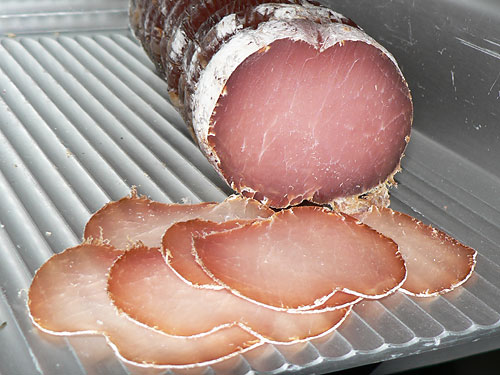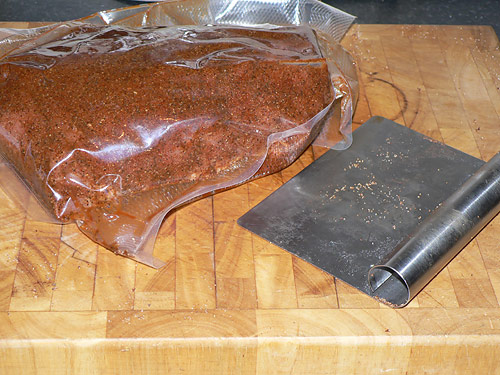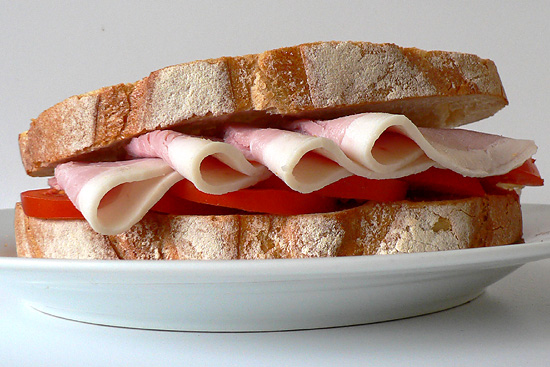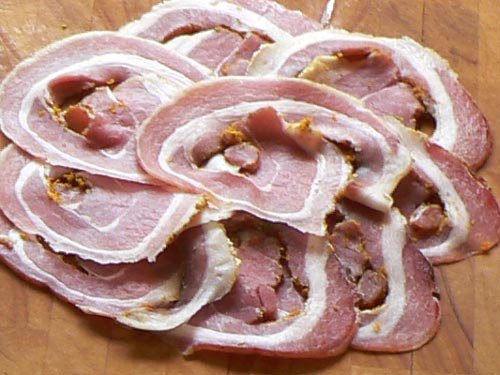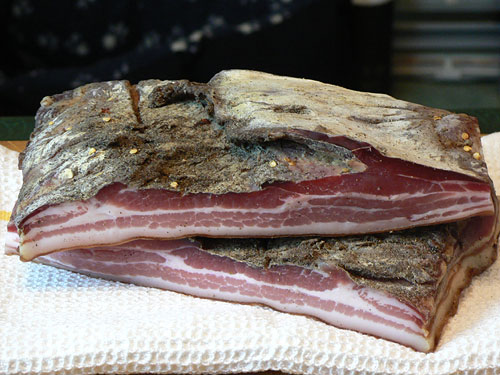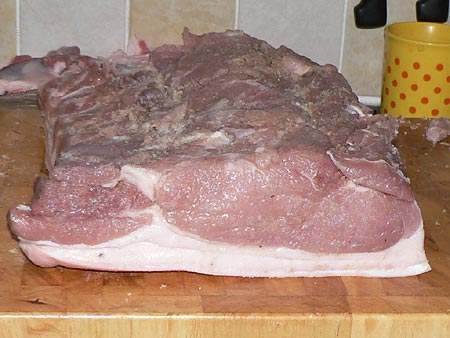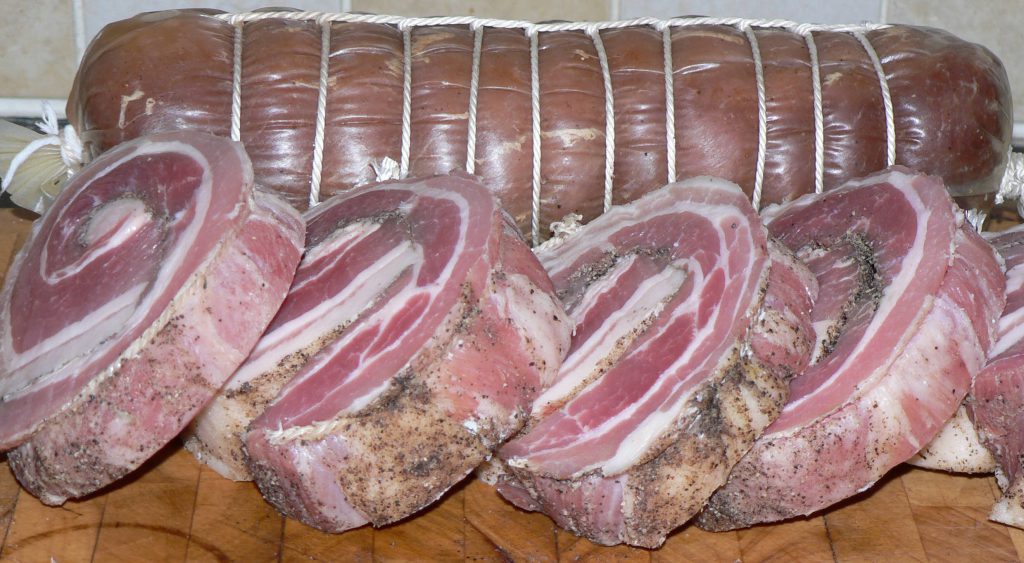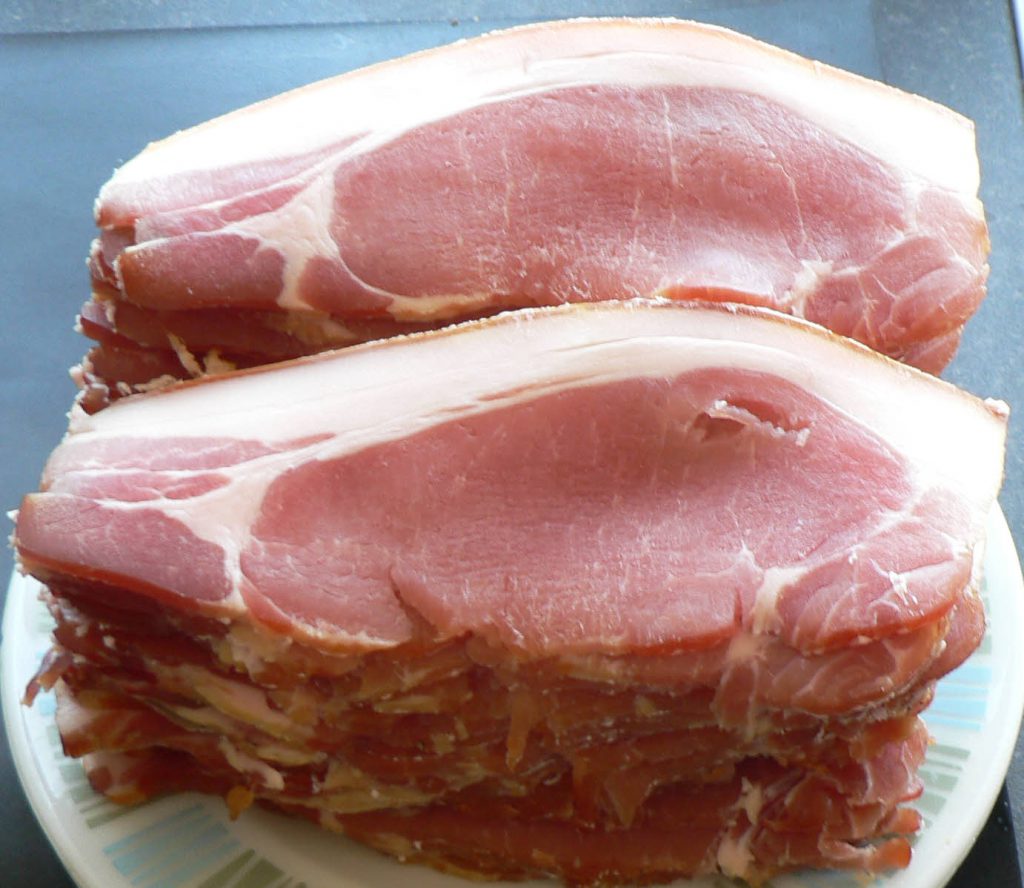With more and more people air-drying meat having seen programmes like those made by Hugh Fernley Whittingstall (HFW) there seems to be a very blasé attitude sneaking in regarding the production of air-dried sausage and meats.
The, “Well they’ve been doing it for centuries in Italy/Spain etc without sophisticated equipment” brigade, and the, “Well they have them hanging in bars in Italy/Spain, so they must be safe” camp.
What they say may be true but we do not have the same conditions as those people, nor do we have the accumulated knowledge of generations of forebears on our side so we need to be cautious in what we do for reasons that I hope will become clear.
By the way, the meat above the bar abroad will be perfectly safe – once the meat has dried sufficiently bacteria won’t live in it – but only after it’s dried, not during its production.
Anyone wanting to read in detail about the safeguards needed when air drying meat or sausage will find some of the best information available here.
In this summary we can see that we need to protect against the growth of bacteria by:
- Using meats with a low bacteria count. We can’t assess this at home but can:
- Buy the freshest meat and keep it cold.
- keep our tools and work environment clean.
- keep the meat as cold as possible when making the product.
- Cure the meat properly
- Adding the correct amount of salt.
- Using sodium nitrite and nitrate which protect against Clostridium botulinum, the most toxic poison known.
- Increase the acidity of the meat to discourage bacterial growth – lower the PH
- Using a starter, or other methods, to increase acidity and produce beneficial bacteria.
- Reduce the amount of water available for bacteria to breed – lower water activity (Aw)
- By careful drying at the correct temperature and humidity
Smoking the meat, which also dries it and provides surface protection against bacteria may also be used.
The first of these hurdles I hope is self-explanatory; if you don’t feel that it’s necessary maybe you should take up skydiving instead of sausage-making!
The second has caused much debate recently with scares about the use of nitrite and nitrate but we also know that salt alone will not protect against Clostridium botulinum unless used at unpalatable levels. The scares have mainly been related to meat cooked at high temperatures and given that the amounts of nitrite/nitrate used in modern recipes are lower than those naturally occurring in many vegetables, my opinion is that they should be used. The advantages far outweigh the disadvantages.
Increasing the acidity – lowering the PH of the meat – is generally done by producing lactic bacteria in the meat. In sausage, the addition of a small amount of glucose will assist this process as will the use of a commercially produced lactic bacteria starter. This is usually combined with an incubation/fermentation period at a high temperature and humidity. Ingredients such as wine and vinegar, in some sausages, will assist.
Drying the meat sounds easy but should be done in a specific environment. Many people dry it outside during the cooler parts of the year and this is fine but given the fluctuations in temperature we have been getting in recent years, it’s not always as safe as it once was. What is needed is a temperature of around 12°C – 15°C. We also want a Relative Humidity (RH) of between 60% and 85% (depending on the type of product) and some airflow. We need to achieve an environment where the meat dries steadily: not too fast, not too slow. Drying too fast or dry can lead to a problem with ‘case hardening’ where the outside dries before moisture can escape from the middle leading to a spoiled, or at least, an inferior product
